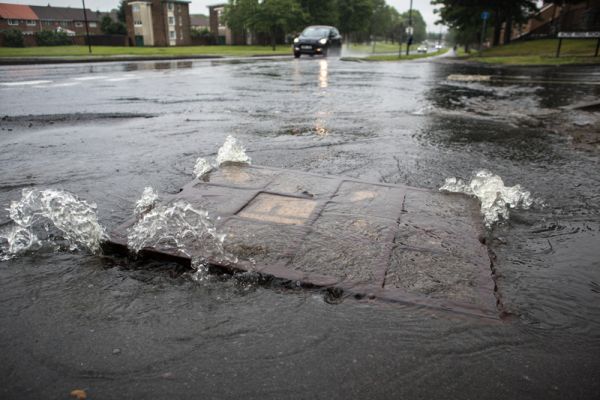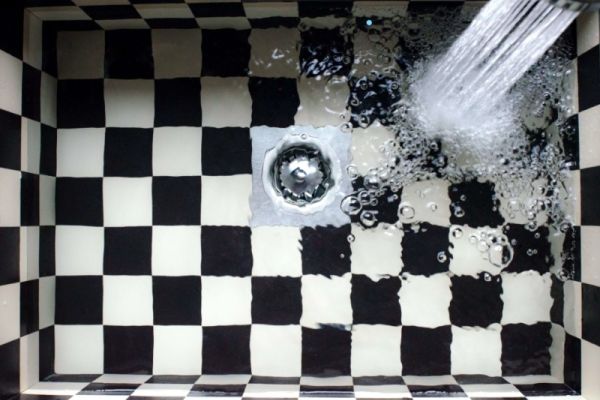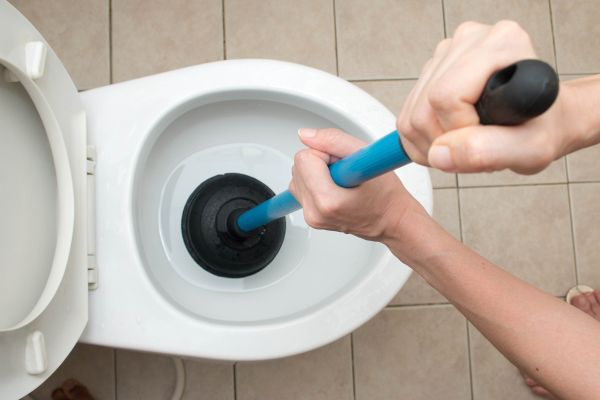In this article
Blocked Outside Drain: Warning Signs of a Blocked Drain
Blocked drains, we’ve all had them, we all hate them, and we all should know how to spot them. Knowing the warning signs of a blocked outside drain will help you resolve potential issues early on. They could also save you from costly repairs and keep your home's drainage system in top shape. This blog will point out the key signs to look out for before discussing the steps to take when you think your drainage system is clogged.
1. Slow Drainage
Slow drainage is often the first indicator of a blocked outside drain. If you notice that water is taking longer than usual to drain from sinks, bathtubs, or even your shower, then it may be time to take a closer look. Ignoring this can lead to further complications such as water damage and mould growth, which can require more thorough repairs.
2. Unpleasant Smells and Odours
An unpleasant smell coming from your drains is another clear sign that your drainage system is clogged. Waste and other substances create foul smells as they start to break down and decompose. This might be especially bothersome if your outside drains are located directly outside your home.
3. Gurgling Sounds Coming from Drains and Plug Holes
If you hear gurgling sounds from drains and plug holes as water passes, then, again, it is very likely that you’re experiencing a blockage. As the water tries to flow past the obstruction, it displaces air trapped within the drain. This is what causes the gurgling sounds you hear.
4. Raised Water Levels
Perhaps the most obvious sign that your outside drains are blocked is raised water levels. If you observe that the water appears raised or overflows whenever you flush the toilet, then a blockage may be preventing the flow of water.
What Should You Do to Unblock Your Drains?
So, you suspect your drains might be blocked and are wondering what you should do next.
Step 1: Assess the Problem
Don’t jump straight into unblocking your outside drains, without first assessing the problem.
If your outside drains are past your property lines or shared with a neighbour, it could be on the water sewerage company to resolve the matter. However, if your outside drains are your responsibility, first take a closer look by removing the drain cover. This can be done with a screwdriver or a set of manhole keys. If there is no noticeable debris or stagnant water, the issue could be with your inside drains and you can focus your attention elsewhere.
Assessing your drains will also give you an indication as to the severity of the problem. If you're unable to identify the issue yourself, or if you just don't fancy it, then our fast and afforable CCTV drain surveys might be just the thing you need.
Step 2: Check Your Drain Chamber
Inspecting your property's drain chamber will help you locate the blockage. If the chamber is full of water, that’s likely the location of the obstruction, however, if there is no water present it may be before this point.
Step 3: Use the Right Equipment to Remove the Blockage
To remove minor blockages, you can use a drain snake or a drain auger to dislodge and remove the debris causing the obstruction. However, sometimes in these cases doing it yourself can cause more harm than good. One of our preferred methods is drain jetting, where we blast high pressure water through the drain to dislodge and clear blockages. This doesn't require any nasty chemicals and is quick, effective and environmetally friendly.
Contact a Drain Unblocking Professional
If all else fails, contacting a professional blocked drain company may be the answer. They often have specialist tools and equipment to get to the heart of the issue without causing further damage.
Here at Cotswold Drainage, our fully trained and expert engineers are well-versed in resolving all types of blocked drains. We offer a free CCTV survey with every callout for blocked drains as well as a 6-month warranty for extra peace of mind.
Get in touch
Contact our friendly and professional team via form, phone or email for any drainage issues you may have.
From blocked drains to septic tank repairs and replacements, we're here to help. We have over 25 years of experience and offer 24/7 emergency callouts.
-
01386 882324
-
WhatsApp
-
This email address is being protected from spambots. You need JavaScript enabled to view it. -
See what our customers think


